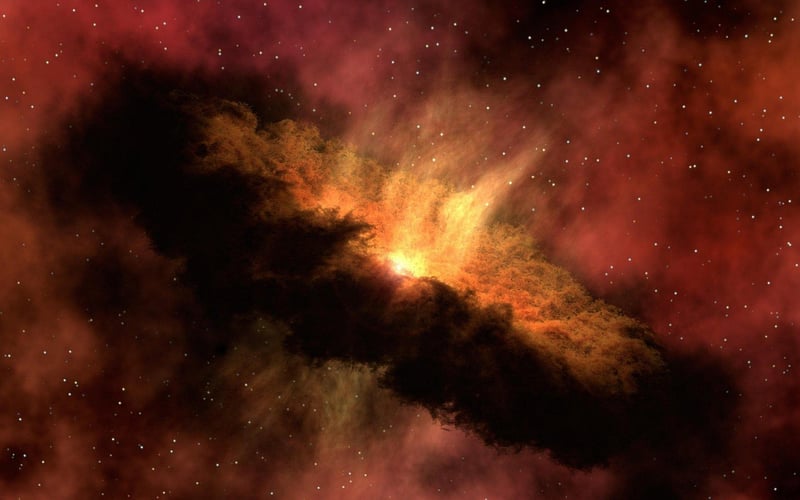Kepler Discoveries
The Search for Life: Kepler Discoveries
Exploring the vast expanse of the universe has always fascinated humanity. One of the methods used in this quest is the Kepler Space Telescope, which has made remarkable discoveries in the search for extraterrestrial life. Let's delve into some of the intriguing findings from Kepler's missions.
1. Exoplanets
Kepler has identified thousands of exoplanets, planets that orbit stars outside our solar system. These discoveries have expanded our understanding of the diversity of planetary systems in the galaxy. Some of these exoplanets are located in the "habitable zone," where conditions might be right for liquid water to exist, a key ingredient for life as we know it.

2. Goldilocks Planets
Among Kepler's discoveries are several "Goldilocks planets," which are planets with conditions that are not too hot, not too cold, but just right for supporting life. These planets are of particular interest in the search for potentially habitable worlds beyond our solar system.

3. Kepler-452b
One of the most notable discoveries by Kepler is the exoplanet Kepler-452b. Dubbed "Earth's cousin," this planet is located in the habitable zone of a star similar to our sun. Kepler-452b has sparked excitement among scientists as a potential candidate for hosting life.

4. Ongoing Research
Although the Kepler Space Telescope has completed its mission, its legacy lives on through ongoing research and analysis of the vast amount of data it collected. Scientists continue to study Kepler's discoveries, searching for signs of life beyond Earth and expanding our knowledge of the cosmos.

Kepler's contributions to the search for life in the universe have been invaluable, inspiring future generations to explore the mysteries of space and the possibility of finding life beyond our home planet.
